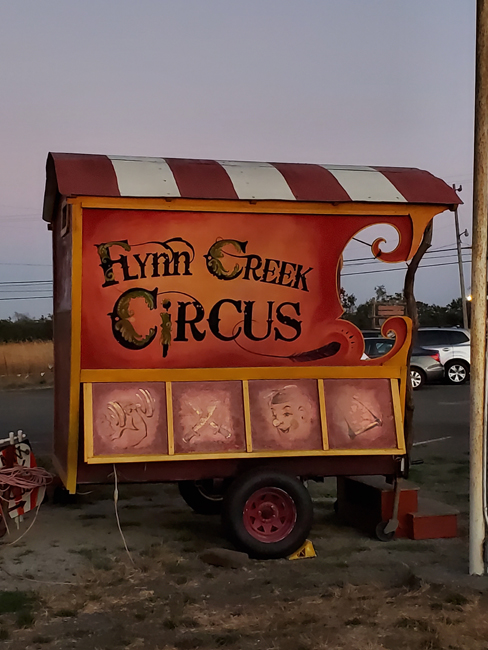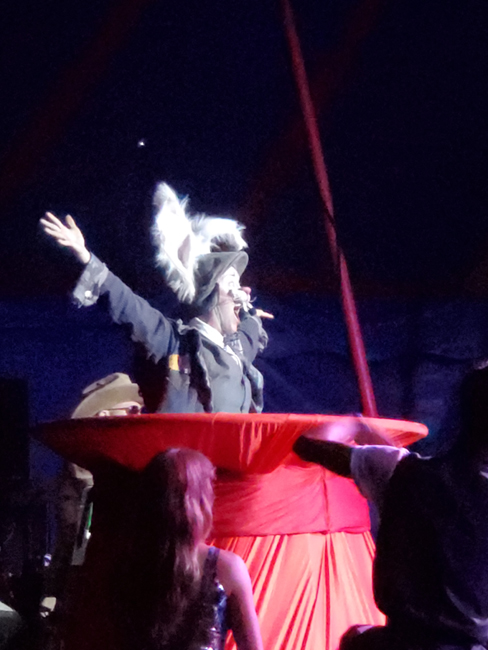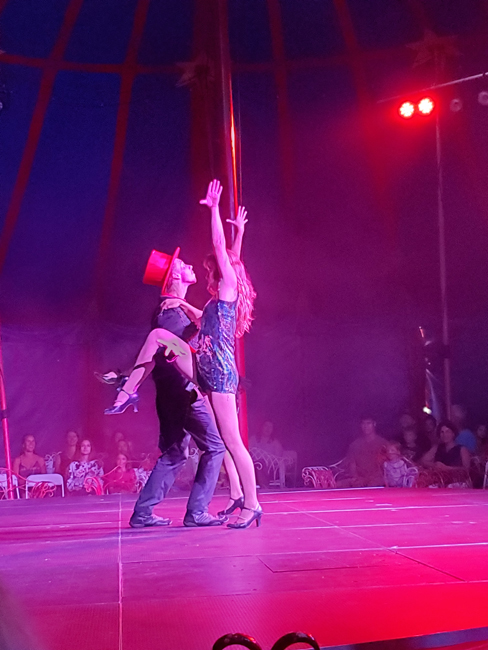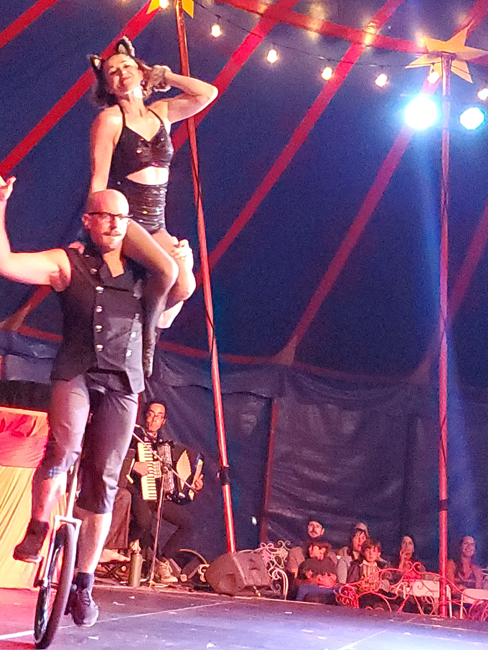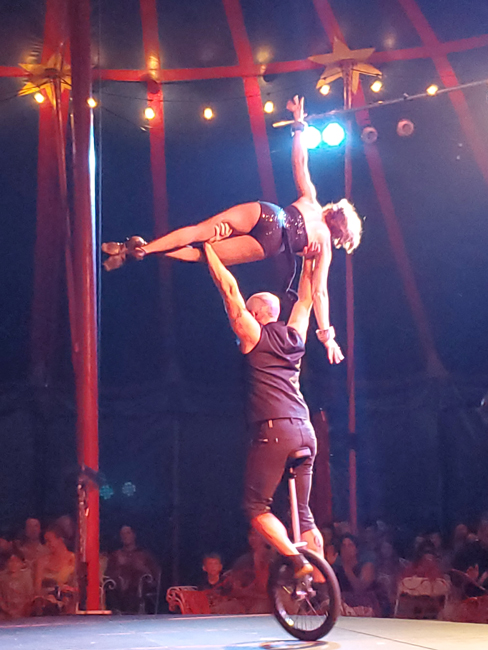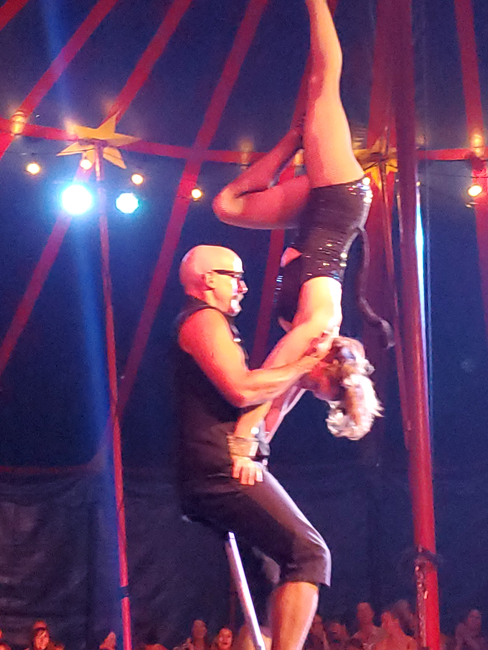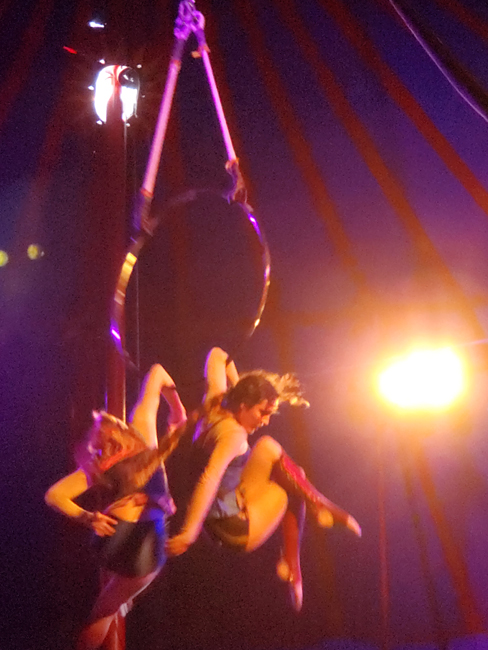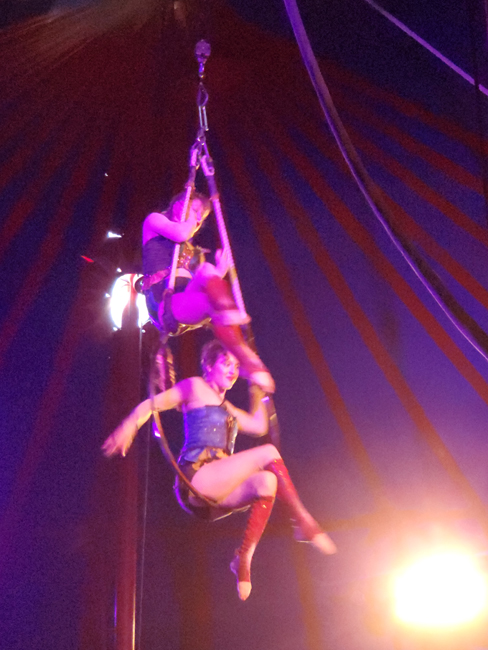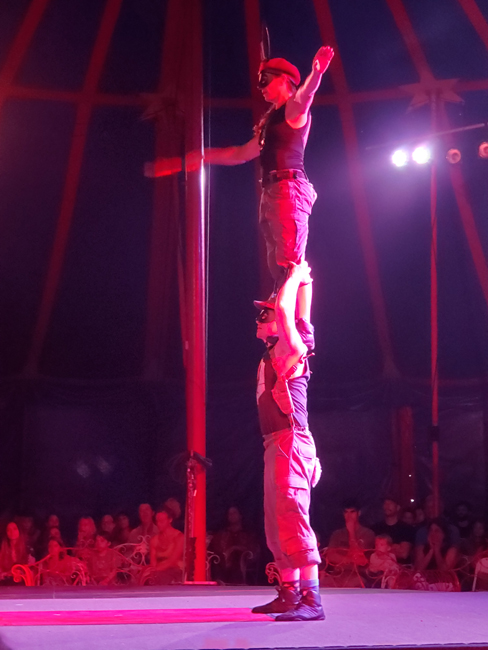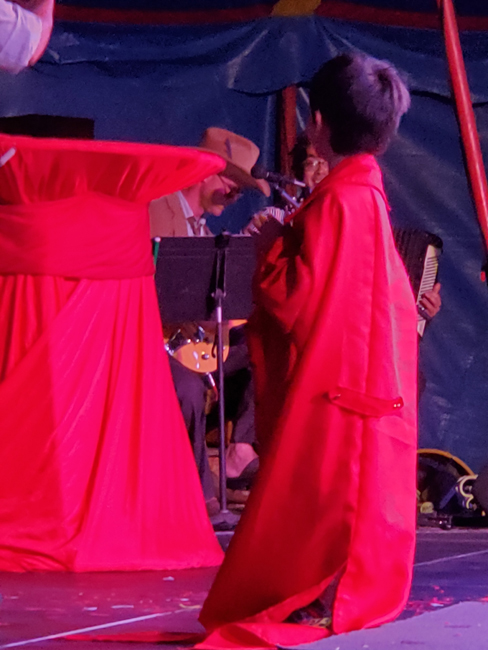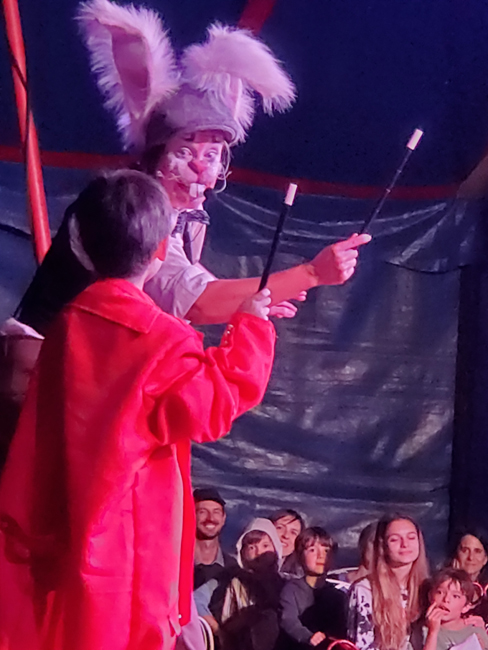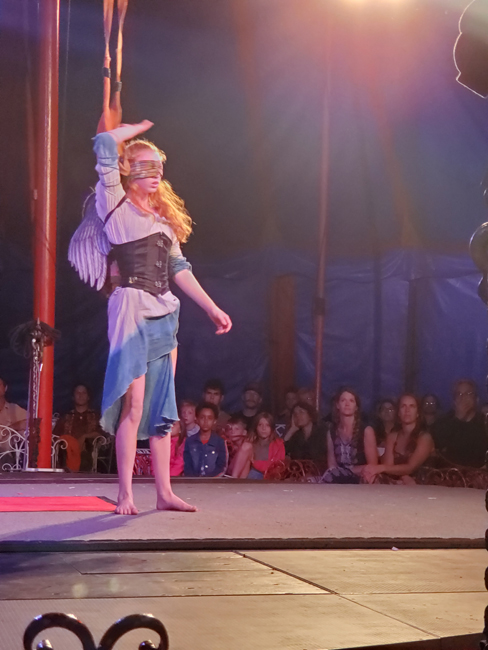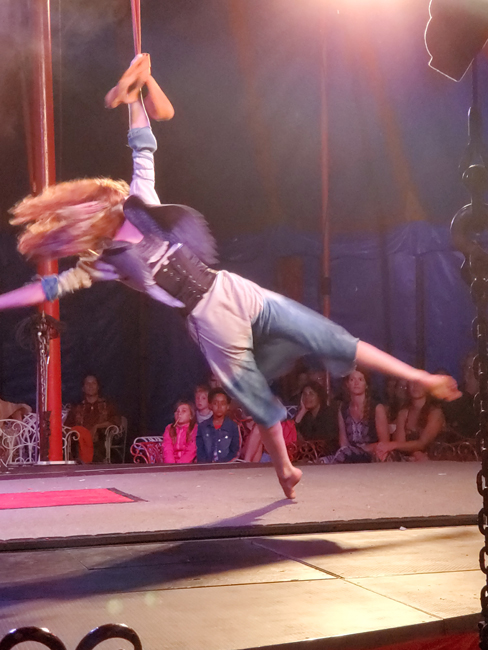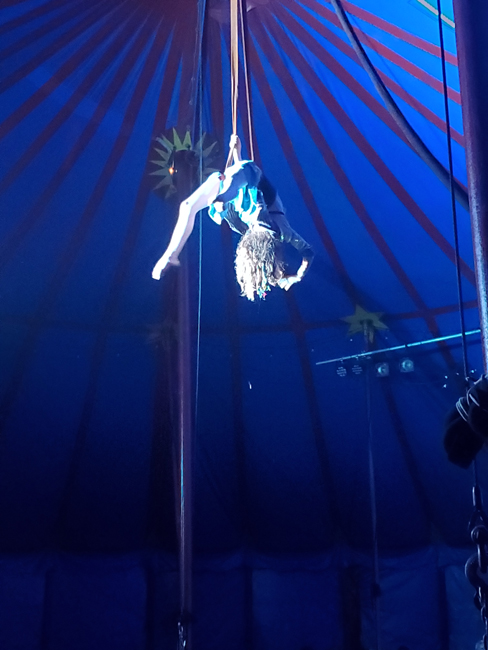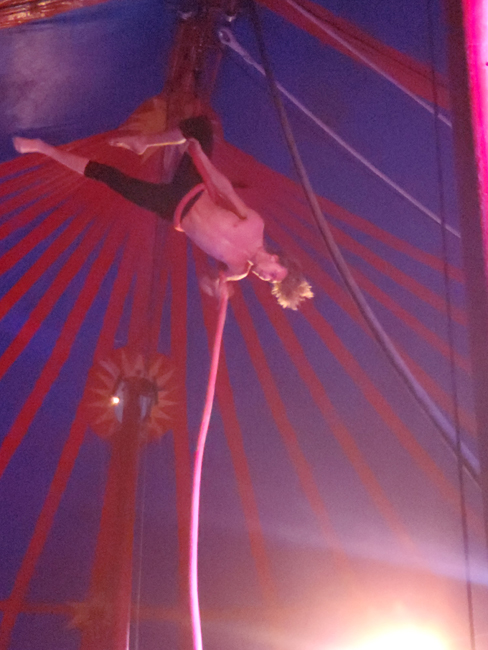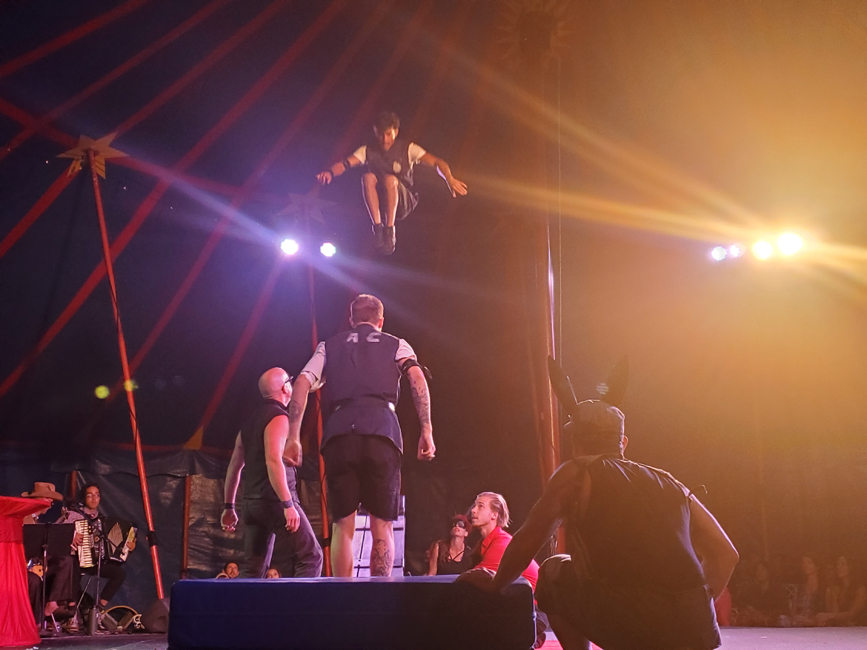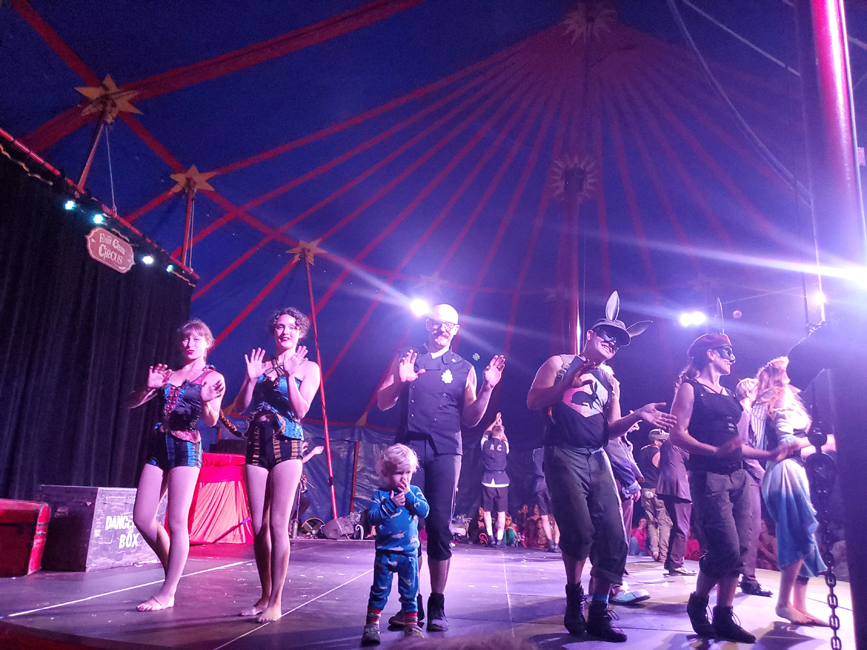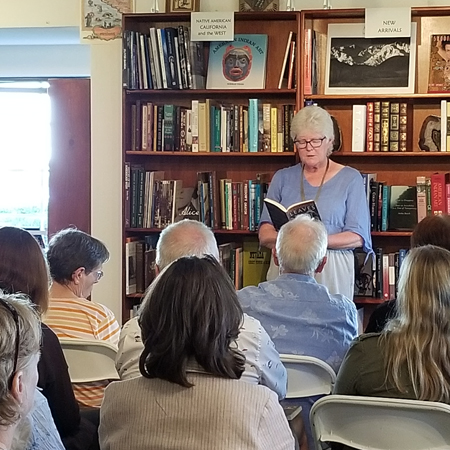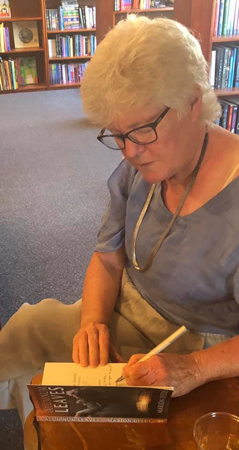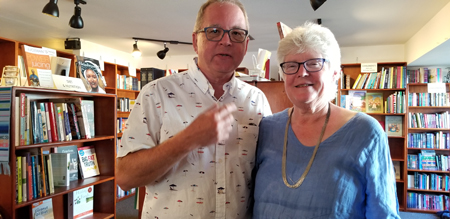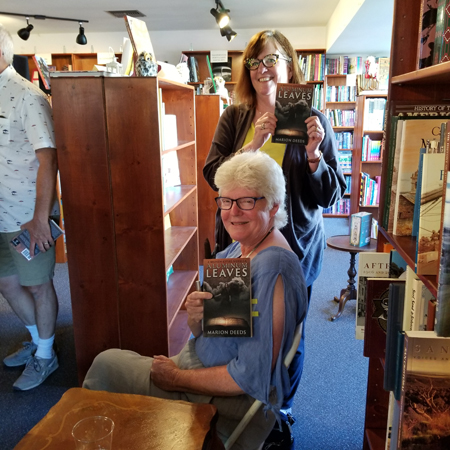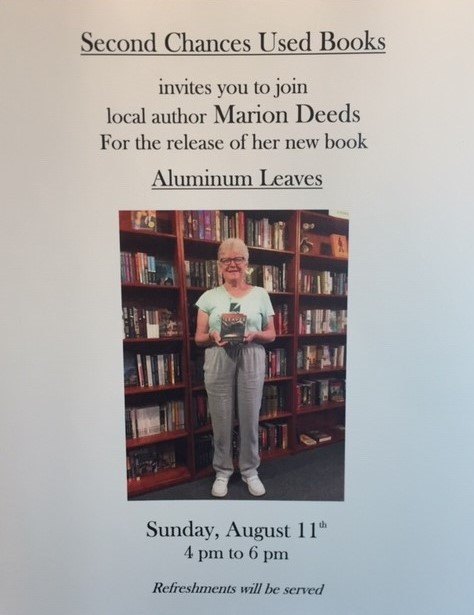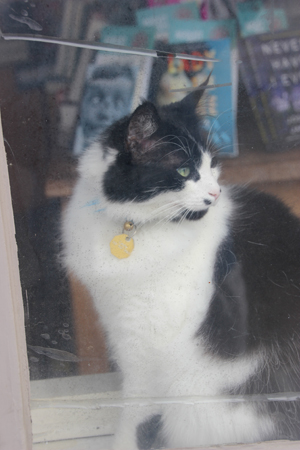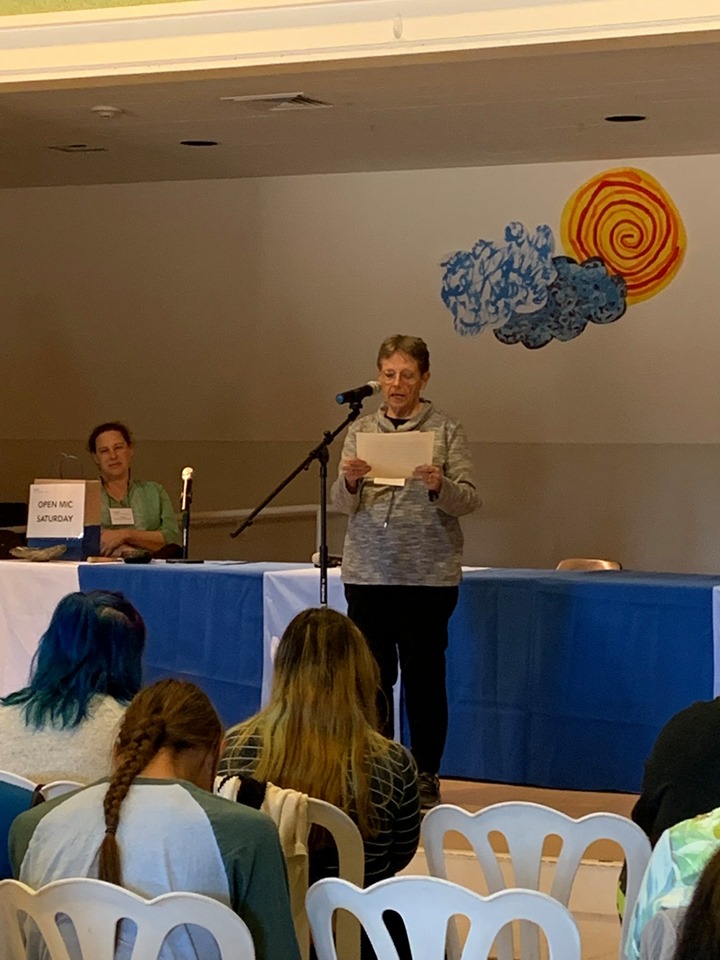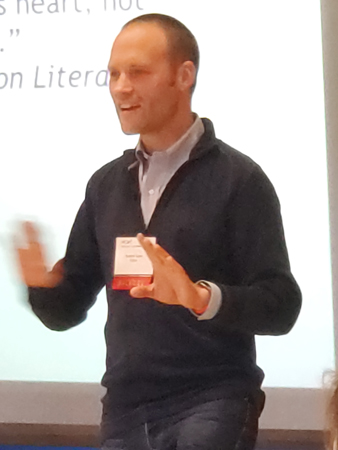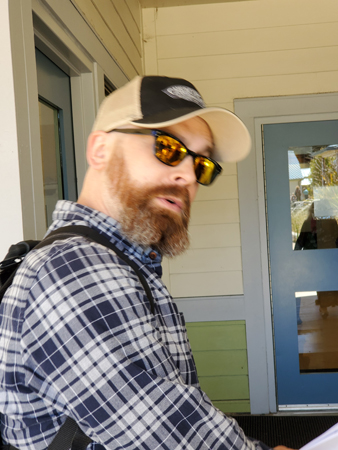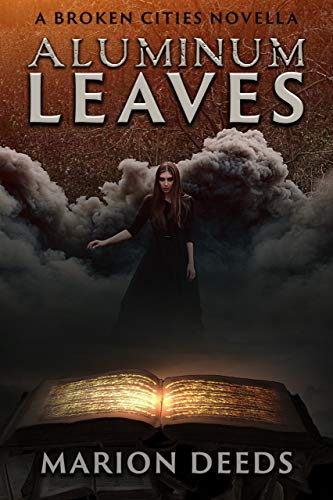Pandora airs on the CW at 8:00 pm Tuesdays. It’s aimed at a younger demographic than the CW’s DC Comics Universe Shows, Roswell, New Mexico, or those tween/millennial remakes of nighttime soaps like Dynasty. I’d guess that Pandora’s target age group is 14-18. On the other hand, I’m watching it, kind of.
The Premise: This is a boarding-school show, like the Harry Potter books and movies, or The Magicians. Pandora is set in a science-fictional universe rather than a magical one, and the school is Earth’s Space Academy (a low-budget Star Fleet Academy.)
Jacqueline—or Jax—is the lone survivor when her extra-terrestrial colony, New Portland, is destroyed by mysterious attackers. Jax goes to the Space Academy, where her secretive uncle holds some position of importance. Jax is determined to uncover who destroyed her colony and killed her scientist parents. In an early episode, Jax tags along on an expedition to investigate the attack, and finds a portal, a new extraterrestrial villain and an alien language that she alone can read.
We learn that Earth and Zataria, who recently had a war, have declared an armistice, but tensions still run high and various intelligence agencies predict that a new war between the combatants is on the horizon. Secretive Uncle and his minion Zander discuss the fact that Jax is Pandora, or Pandora is Jax, or something like that. And Jax “must never know” how powerful and dangerous she is.
Strengths:
Pretty People. The CW is always looking for gorgeous youth and they bagged a bevy of them here. They include:
Thomas, the telepath: Thomas, (played by Martin Robb-Semple) is blazingly sexy. He is a good pilot, very studious, and powerfully telepathic.
Atria, the emancipated clone: Raechelle Banna, who plays Atria Nine, a self-emancipated clone (it’s complicated) is more cute than gorgeous, but she is very cute.
Ralan the enemy outcast: Played by Ben Radcliffe, Ralan is the Zatarian exchange student, sent as a diplomatic gesture. He has facial marks and dresses like a Goth in brown. So far, he is my favorite male character.
Pilar the superior one: Bandita Sanduu plays Delaney Pilar as coolly sexy, someone who should be slinking around in a black patent leather catsuit. Pilar has nanite implants and connects to the datastream. Pilar actually occupies the same “type” category as Jax, which I think is a mistake on the show’s part.
Jax who is perfect: Dark-haired, green-eyed Jax is also coolly sexy, depicted by Priscilla Quintana.
Zander the Love Interest: The apparent love interest for Jax (they have zero chemistry, so I’m hoping he’s a fake love interest), Xander is handsomely played by Oliver Dench.
Interesting Relationships:
Assuming this show really is aimed at a slightly younger audience, so far the rivalries and friendships among the students are well done. One nice character already died onscreen to show us that Death is Real. Thomas now distrusts Jax because she used him for her own ends… which is interesting because as near as I can tell, so far, she’s done that to everyone. It was refreshing to see Thomas, at least, call her on it.
Ralan faces divided loyalties because of course he is expected to spy for his father. He was an outcast, facing ostracism among the other members of the freshman class until perfect Jax included him in her circle.
Zander is a good soldier, a junior 007 to Secretive Uncle’s M, but maybe he is starting to question his unthinking loyalty.
The big exception here is Jax and Zander. The story keeps throwing them together and setting up missed connection after missed connection. That could be creating awesome tension, except that Jax and Zander have no chemistry together. None. Ralan and Jax have little chemistry either, but they are both outsiders, and they think much the same way. Seeing them as a couple would be a definite change of pace.
Nice costumes:
Atria Nine wears bright pastels, big jewelry and short skirts. Pilar dresses in longer, sleeker, form-fitting clothes (even though she should be wearing a catsuit) while Jax looks more proletariat in stylist trousers and tunics. They’re all good.
And the show has weaknesses:
World-building:
The science fictional world here is soap-bubble thin. There’s no reason given for the previous war. The extra-dimensional attackers are clearly known to Secretive Uncle, and there is an Evil Corporation called Parallax. “Pandora” is part of some kind of genetic program. It remains to be seen whether Jax is really a “normal” human girl or a longer-lived entity. In Season One, most stories wrap up with only a few clues left to carry forward and address the bigger mysteries, ones like; who blew up the space ship with the remains of the extra-dimensional alien on it, why did Bad Guys find and wipe the “black box” of that ship (aided by a duped Jax and Thomas); what is Pandora, anyway?
The non-existent world-building extends to exteriors and sets. The campus of Space Academy looks like a municipal park. When Atria is abducted and taken back to her home colony that manufactures clones, the sets looks like an off-the-grid farm, complete with a couple of random hay bales, and the clone factory site resembles a milking barn. The show has GCI, and it wouldn’t be that hard to create or find a couple of exteriors to flash up on the screen for a second to “sell” us on a true colony. The same was true of “New Portland.” I honestly did not understand for a while during Episode One that New Portland was an actual colony; I thought Jax’s house and her parent’s scientific outpost got blown up and little else.
No one has told us the size of these so-called colonies. Given the show’s obsessive love of expository dialogue, this should be a no-brainer.
Flat Writing:
Now and then there’s a bit of nice banter, but most of the dialogue is completely the opposite of subtext. (Is there a word for that? Supertext?) People, especially these canny intelligence officers who apparently run the school, just blurt out plot points with zero subtlety. And you could create a drinking game around the number of times Jax says (to someone), “I just need to know what happened to my parents.”
Protagonist-Centered Morality:
Jax: You went out into the asteroid belt and got something. You need to tell me what it was, right now, Zander, or I will continue to bat my green eyes at you.
Zander: The thing we found has implications that would threaten our fragile peace and could lead to the deaths of millions if it were leaked. I’m not going to do that.
Jax: So? Why would I care? There’s about one chance in seven million that whatever you found had something to do with the death of my parents! I just need to know—”
Zander: [Hands over ears, screaming] Not that again! All right! All right! It’s the flight recorder for that ship that got blown up!
So far, Jax’s self-centeredness and immaturity, while having plot-driving consequences all around her, have never rebounded onto her. I hope this will change, but basically, the show’s message so far is that if Jax wants it, it’s good, regardless of what happens to anyone else. Part of the enjoyment of Thomas’s anger with her is that he is the first person to make her responsible for her irresponsibility, so to speak.
But even there it falls short. Currently, Jax feels shame and responsibility for something she (apparently) did either in a past life, or as herself in a phase of her life (150 years earlier) that she doesn’t remember. However, she doesn’t feel morally conflicted at all at having led a Bad Guy into a top-secret vault so the Bad Guy would wipe the flight recorder’s memory, because the Bad Guy promised to tell her something about her parents.
Misogyny:
Kind of surprising, this one. The main character is a woman, and several of her circle of friends are females. Still, so far the subsidiary villains (double-agents, moles,etc) have been women, and they are boring. The most disappointing episode, though, involved Pilar and her implants. Someone has hacked Pilar’s connection and are messing with her head, including directing her to show up naked in the Black Hole, the school bar and hangout. We’re at the end of the 22nd century, and this is the Space Academy, which plans to educate the future officers, diplomats and leaders of the various inhabited worlds. Despite this, they apparently have no policy on bullying or equality. Nobody goes to Pilar’s aid, they just gape (and take footage); the next morning, when she appears (dressed) in her classroom, everyone laughs. Everyone pulls up 3D video of her naked, including the women. There are no consequences for these students; this is presented as “sad but normal” school behavior. Space Academy doesn’t care about bullying. Also, in spite of the fact that there are many women in the academy, there is obviously still no such thing as equality. Women exist solely as objects of the male gaze; body-shaming is alive and well.
In the episode in which Jax confronts zombies, we watch Thomas judge and shame Atria for her sexual openness. Atria, a clone, was originally enslaved. Before she freed herself, sex was never within her control. Now that she is freed, she is enjoying experimenting, but Thomas wants a monogamous relationship. “I thought I could change you, but I can’t,” he says, and sure enough, by the end of the ep Atria has changed, rebuffing other partners so she can be exclusive with Thomas. The message to young women couldn’t be clearer.
Conclusion:
There’s an appealing cast and I am curious now to see what the deal is with New Portland and Pandora. On the other hand, this show is pretty thin. The end of Season One is coming up; I question whether this one will be renewed. I do wonder if this was an import from the CW’s streaming service, CW Seed. Seed seems to have a different standard of storytelling and production values.

